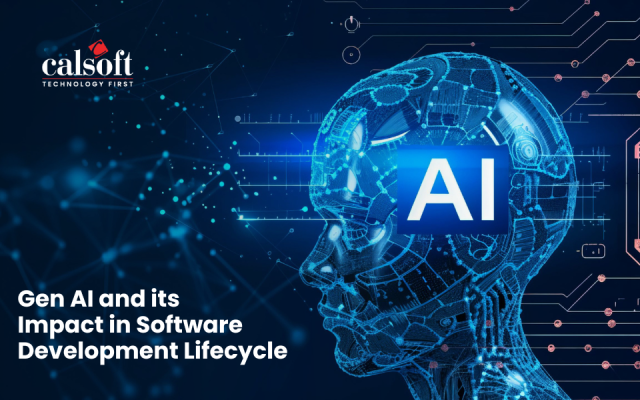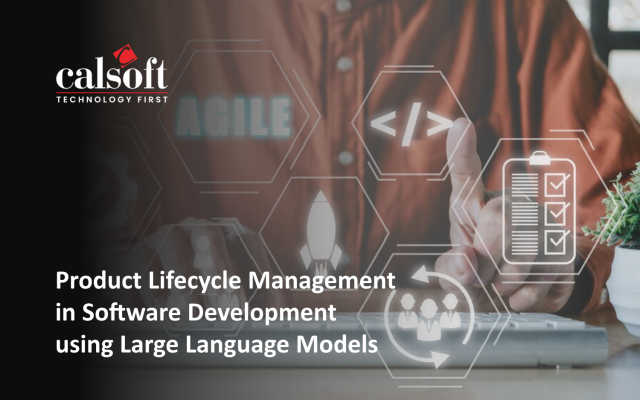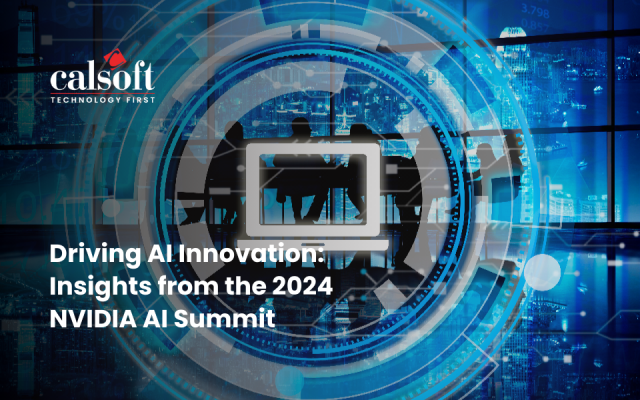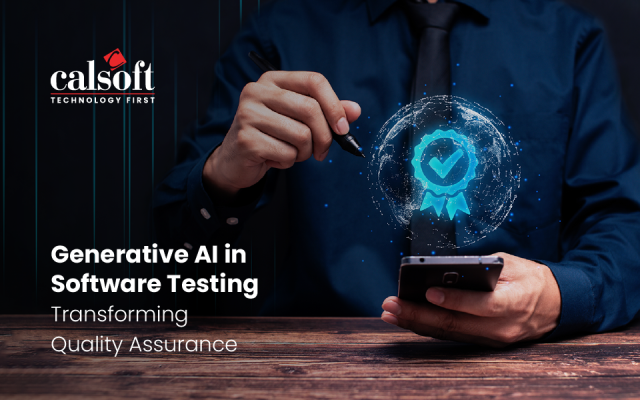The COVID-19 pandemic is a human tragedy that continues to take a toll on all aspects of life. The brick-and-mortar part of the Retail sector has taken a hit with the global lockdown implemented by governments and people not venturing out of their homes due to the fear of getting infected. On the other hand, e-commerce platforms are currently adopting a cautious approach to the situation and focusing on delivering essentials – though things are currently erratic as everyone is waiting for the crisis to tide over.
What happened during the pandemic
Now, let’s take a look at what’s changed with respect to consumer behavior during the pandemic and what’s expected to change post-pandemic. A survey by Nielsen identified six key patterns for consumers that were tied directly to the pandemic:
- Proactive health-minded buying: Increased interest in products that support overall health and well-being.
- Reactive health management: Prioritizing products essential to health and safety. For example: face masks and sanitizers.
- Pantry preparation: Stocking up on shelf-stable food items and health & safety products, increased store visits.
- Quarantined living prep: Increased online shopping, decline in store visits, rising number of items going out of stock, pressure on the supply chain.
- Restricted living: Severe restrictions on shop visits, limited online fulfillment options, price rise due to limited stocks, etc.
- A new normal: Slow and cautious return to daily routine like work and schools; permanent changes in supply chain and use of e-commerce and hygiene practices.
COVID-19 Challenges for Retail Companies
There’s a saying: “If you’re going through hell, keep on going.” The challenges that the retail companies are facing currently due to the pandemic, could actually pave the way for a new normal. Here are a few observations:
Demand fluctuations: Several stores and online retailers have either shut shop or limited operations due to the contagion. On the other hand, retailers like grocers and pharmacies are facing out-of-stock situations as many people hoard up essentials. Predicting and managing demand was never more important than now. AI-powered setups like distributed order management and fulfillment; supply chain collaboration and automation; network infrastructure, edge, and IoT for online and physical stores can be helpful in such situations.
Protecting the workforce: COVID-19 has resulted in a lot of job losses, especially those that involve human interactions, and the retail sector is no different. Retailers need to think about business continuity and protecting the jobs and well-being of their staff. Cloud-based hiring and analytics-driven workforce management could help divert idle staff to departments that are overworked; contactless payment options can keep the business going.
Post-pandemic: What’s Next?
The fear of social interactions has pushed consumers to buy from e-commerce stores. A report by Rakuten Intelligence stated that online order volume from full-assortment grocery merchants rose 210.1% from March 12 through March 15, compared to the same period a year earlier. Despite the current shortages and out-of-stocks, post-pandemic, online ordering will continue to be favored due to the minimal human interaction that it promises. Here are a few AI and analytics use cases that are likely to see an increased adoption in the near future.
No-touch customer experiences: Whenever this crisis ends, zero-contact deliveries will become the new norm. People will avoid using common facilities like keypads or public touch screens. Retailers will need to provide no-touch experiences to consumers. Driverless deliveries could be the next big thing. Way back in June 2018, America’s largest supermarket retailer Kroger and Nuro, maker of the world’s first fully unmanned road vehicle, had partnered to pilot an on-road, fully autonomous delivery experience. Robotics, AI, and advanced computer software could make this a reality in the near future.
Cashier-less stores: Walk into a store, pick up what you like, and the amount is deducted from your online wallet. Unreal? Nope. Amazon’s revolutionary Amazon Go store is already doing that; and in the future, many stores could follow suit.
Skip the lines: Just chat on the coffee giant’s app My Starbucks Barista to place the order via voice or text. When you get to the outlet, just collect your order from the designated spot!
Virtual trial rooms: Brands like Sephora and Estée Lauder use AR apps that allow customers to try on different make-up looks, and get personalized recommendations. Based on the data collected from these interactions, retailers will be able to predict which items to stock. In the post-COVID-19 scenario, we can see more brands adopting this approach for customer interaction.
Counterfeit detection: With any catastrophic event come entities that like to benefit from them. Counterfeit goods are one such problem that e-commerce brands big and small have found difficult to contain. 3PM Solutions used advanced data analytics and Google Cloud to come up with tools that can automatically detect fake items, keep an eye on the brand’s reputation, and enable a better understanding of customer behavior.
Price monitoring: Several countries have regulations about not selling products below a certain price point. Sellers violating these regulations end up hurting the brand and flouting the law. How about a software or a bot to monitor the pricing on e-commerce sites? Well, a retail analytics firm named Intelligence Node is doing just that. It uses AI to track products in real time. If a violation is observed, brands receive a report about the reseller, and they can take action.
There’s a lot more that AI and associated technologies can do for the Retail sector than the use cases mentioned above, and the way the pandemic has changed the social and financial fabric of the entire world, things are likely to change sooner than later. The digital disruption of the Retail space is happening as we speak, and if we are mindful enough to look in the rear view mirror, objects are closer than they appear!






